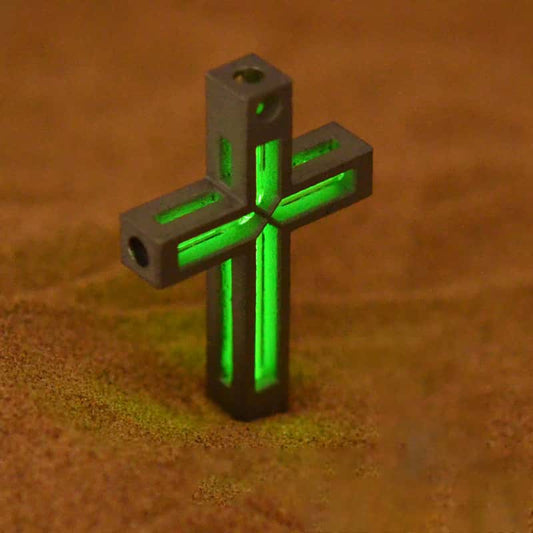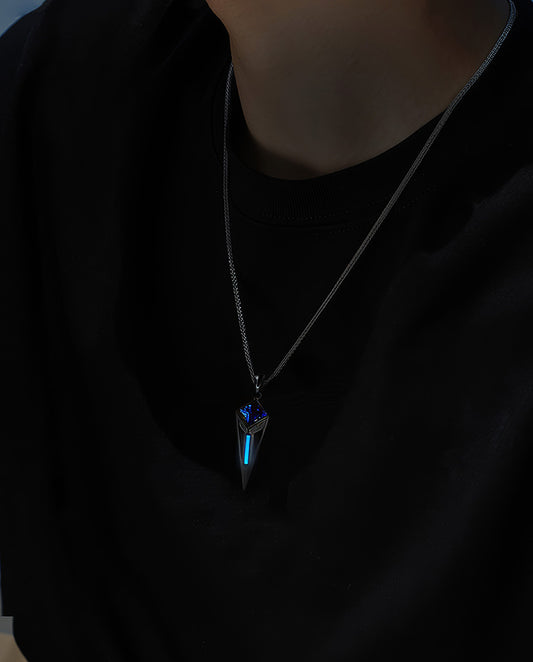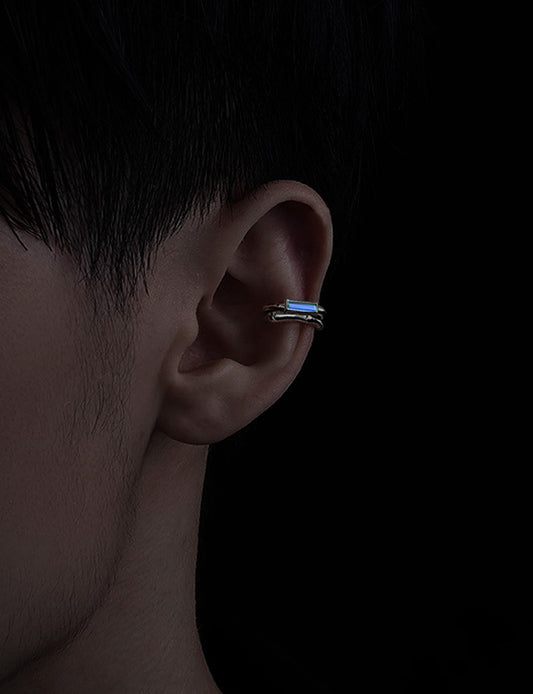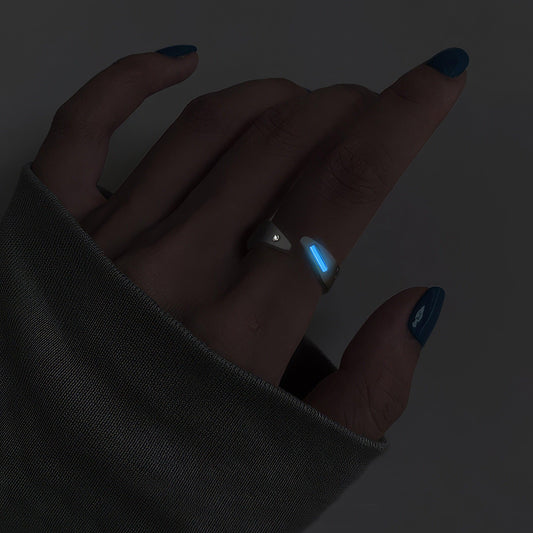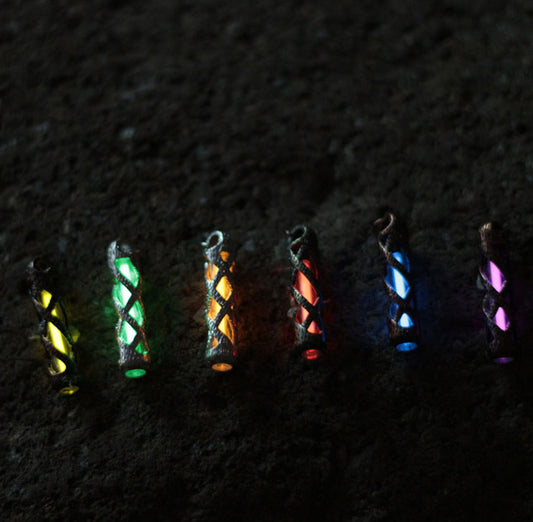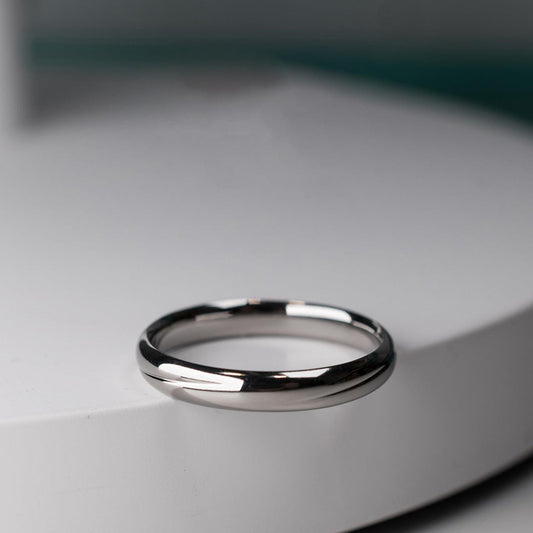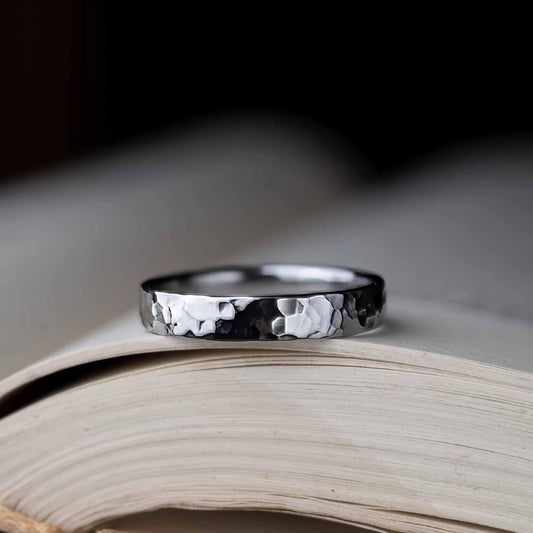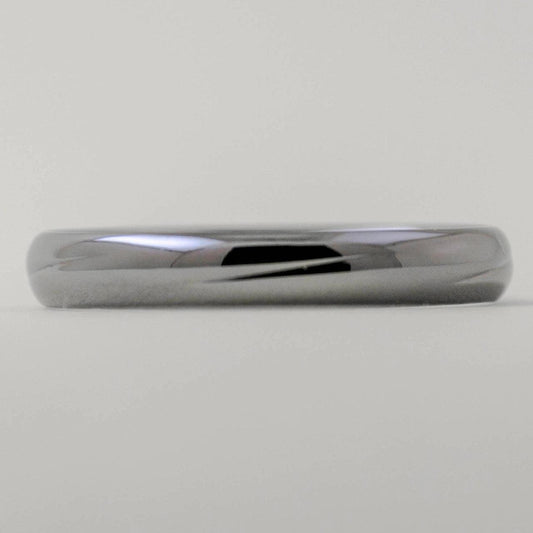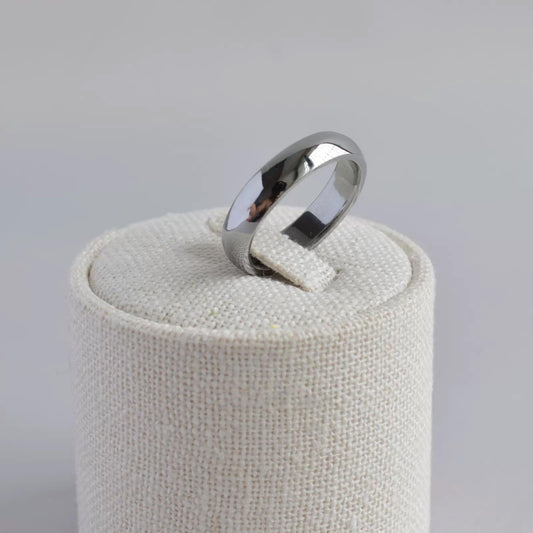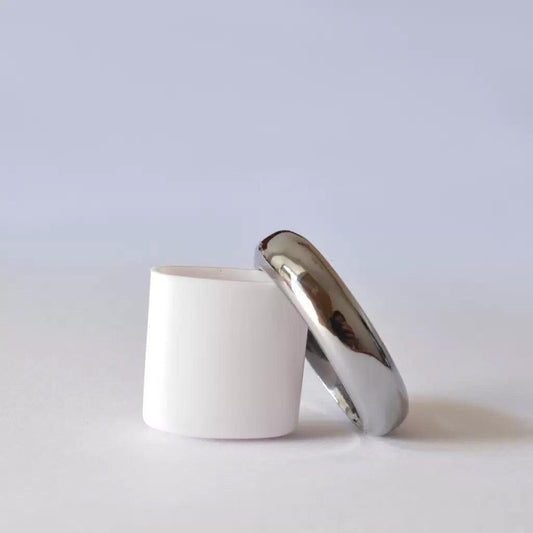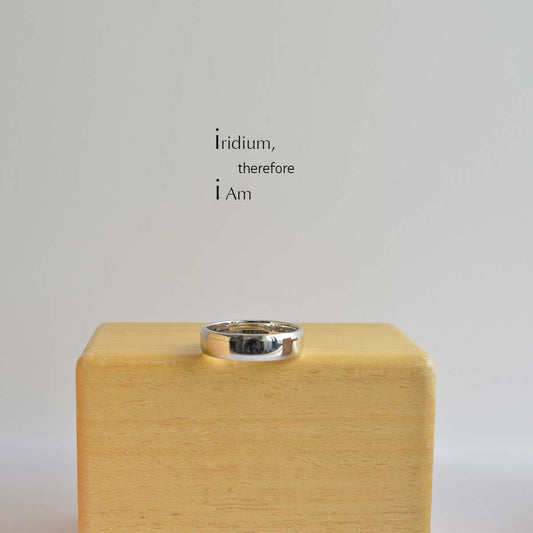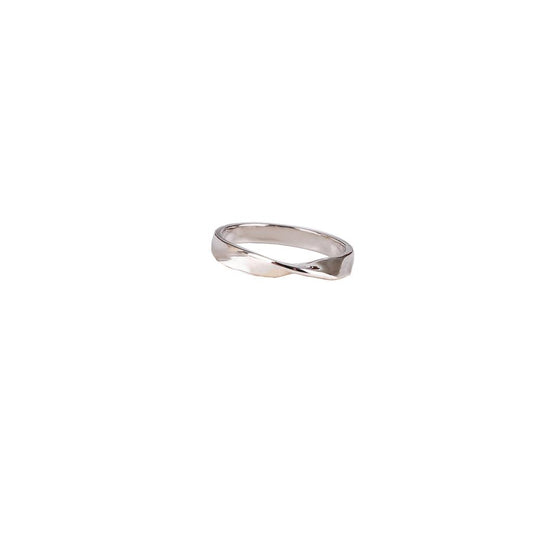Understanding the Ring Finger Traditions Trends and Personal Stories
Understanding the Ring Finger Traditions Trends and Personal Stories
I remember a conversation with my grandmother, an energetic woman whose hands were adorned with rings that seemed to whisper stories of her past. She always wore her wedding band on her left hand, on the fourth finger—the ring finger. As a child, I was fascinated with this tradition, which seemed to hold a magical significance in the adult world. I finally asked her why the left hand? With a knowing smile, she explained that this custom dates back to an ancient belief that the left ring finger had a vein, the "vena amoris," directly connected to the heart.
In Western cultures, the left hand is predominantly the choice hand for wedding rings, a norm that many of us have grown up accepting without question. But this tradition is not simply a Western phenomenon; it has roots in Roman times, when it was believed that placing a ring on this particular finger symbolized love, connection, and commitment.
Over the years, people's approaches to wearing rings have evolved, mixing old customs with new trends. While the symbolism of the left ring finger remains strong, some modern couples choose to break away from tradition, swapping hands or even wearing their bands on their right hand to reflect personal beliefs or simply as a matter of comfort. A friend of mine, upon marrying her partner from Eastern Europe, wears her wedding band on her right hand, a cultural custom in countries like Germany and Russia. Her choice reflects a blend of two cultures, something she treasures deeply.
Further illustrating this diversity, fashion rings and statement jewelry often adorn any finger, rendering the concept of a "ring finger" less about marital status and more a canvas for personal style. This shift is particularly visible in the rise of stackable rings, which people often mix and match without a second thought about traditional rules.
The significance of the ring finger varies depending on cultural and personal contexts, and it's fascinating to consider how this small part of our anatomy plays a significant role in our expressions of identity and connection. Whether it's a promise of marriage, a cherished family piece, or simply a trendy accessory, the finger you choose carries your own story.
For some, the choice of which hand to wear a ring on can be deeply personal or symbolic, a facet of individuality in a world that is anything but one-size-fits-all. I find a sense of comfort and freedom in knowing that the traditions surrounding the ring finger are flexible, adapting to the unique tapestry of our lives.
In the end, whether you find yourself drawn to historical romance or contemporary fashion, the ring finger remains a small but significant detail in the larger narrative of our lives. And who knows, maybe one day you'll find yourself explaining it to an inquisitive child, sharing your own version of a story that’s been passed down through generations.
